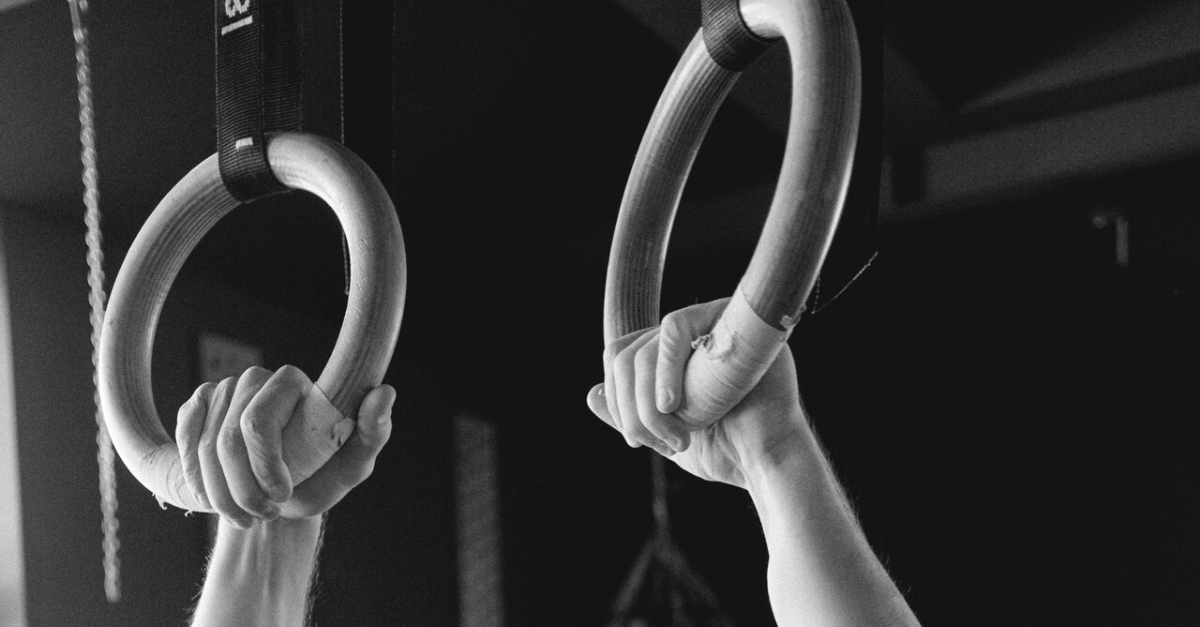For managers and leaders alike, being able to identify the strengths of your team is an invaluable skill. It can not only help you to more effectively allocate tasks and projects but can also allow your team to flourish and achieve new levels of high performance.
If you’re wanting to take your team to the next level and really see what you’re capable of as a collective, we’d recommend taking the time to explore and identify the strengths of your team.
Today we’ll share a few simple suggestions that you can take on board to begin your exploration process of your team’s strengths.
Our guide to identifying the strengths of your team
Interview your team members
Sometimes the most simple place to start is the most effective. Talk with your people. Conducting short, informal interviews with each of your team members can be a useful exercise on its own, but it’s particularly useful when you are looking to identify the strengths of your team. During this interview, ask questions of each individual to help highlight their individual strengths and areas of interest.
Where people are interested in learning and growing can provide an insight into the latent potential that sits within them. From there, have a broader conversation with the team as a whole about what strengths do they see that we have as a team? What do others value about our team? Take notes and use this to begin your exploration into the strengths of the team.
Observe behaviours
Sometimes the best way to learn about other people is to observe their behaviour – of course we’d say that, we’re behavioural scientists and psychologists after all. As much as it may seem like a funny thing coming from us, the truth is that you can learn a lot about someone’s strengths by the way they react to certain situations verbally and non-verbally. It’s useful to do this observation over the long-term, of say, a week or two to get best results.
You might be wondering, how do you observe behaviour if you are operating as a virtual or hybrid team? It’s important to note that you don’t have to be watching someone every minute of every day to pick up on what their strengths are and what they are drawn to. Pay attention to what they light up in the team catch-ups, notice behaviours around interactions such as internal messaging tools, email, and text messages for example. These are all the ‘downstream’ outputs of certain behaviours.
Reflect on the past
Depending on the length of tenure of each of your team members you may find it easier or more difficult to reference past performance for indications of individual strengths. However, if it’s a viable option, we’d highly recommend you take the time to sit down and reflect on the behaviours, reactions and discussions you’ve had with individuals on your team in the past to determine their individual strengths and how they contribute to the strength of the team as a whole.
Review your findings
Finally, once you’ve gathered potential talent, observed behaviours and outcomes/results across both individuals and the team as a whole, it’s time to consolidate them into a dynamic quick-reference guide. This can help you down the line when assigning new tasks, exploring development opportunities and pairing individuals to collaborate on new projects. When you are able to acknowledge and unlock the potential and strengths of your team members you’re able to reach a new level of high performance that may have previously been unattainable. After all, it’s all about the collective when you’re working in a team.
Keen to explore a strengths-based approach with your team further? Well, lucky for you we’ve already prepared a guide to taking a strengths-based approach in your leadership, so give it a read and get started on your journey today.


